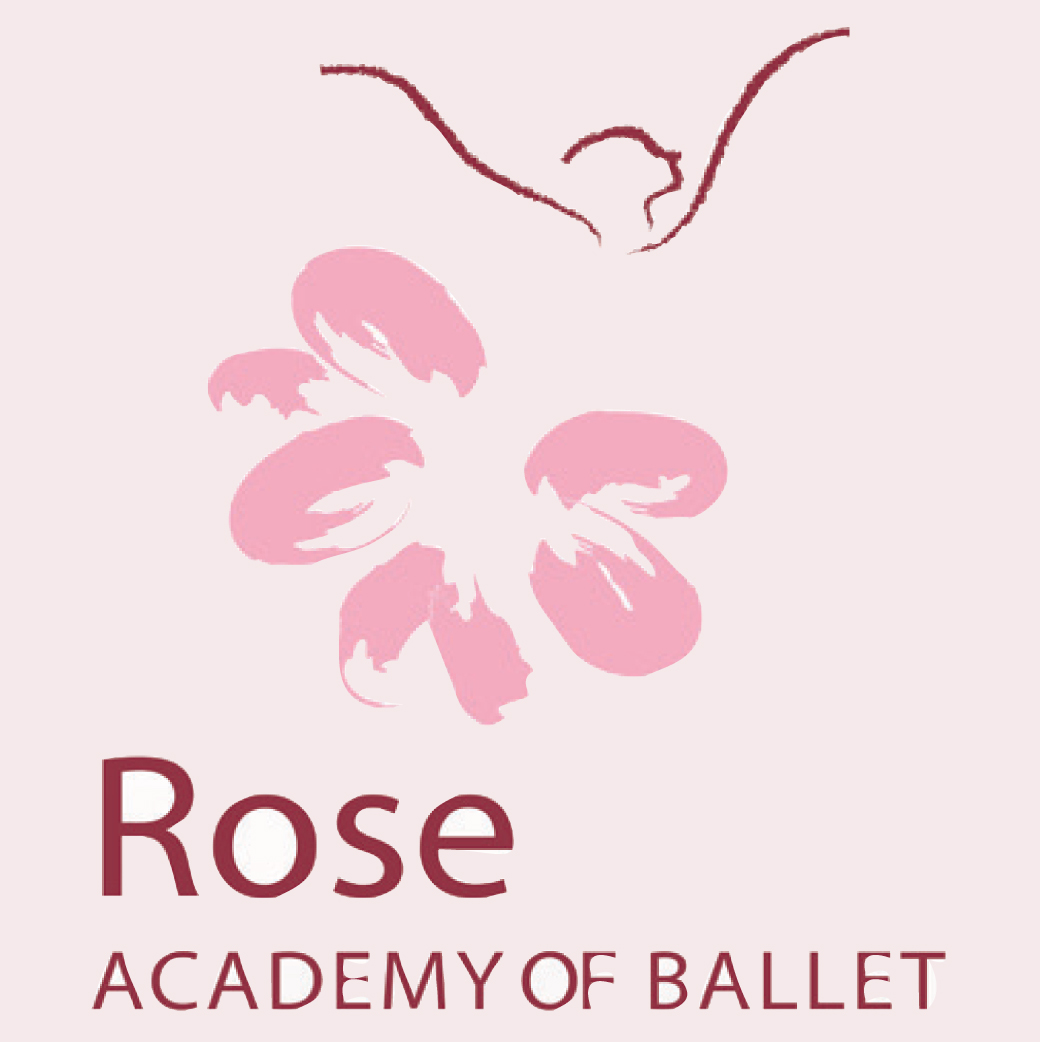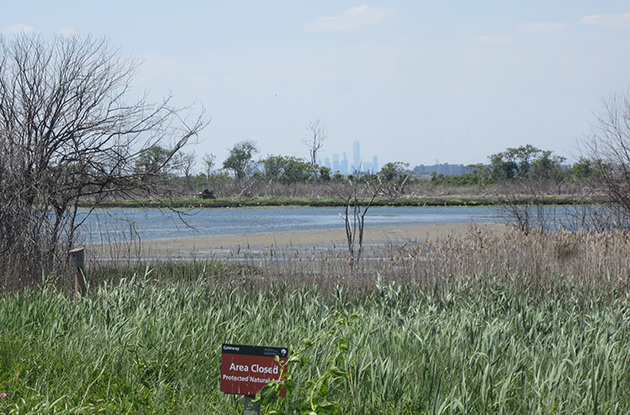More Family Activities Articles:
Things to Do with Kids in Queens this Weekend
Enjoy these fun things to do this weekend with your kids in Queens. Start planning your weekend now with our robust list of the top things to do in Qu...Latest News:
Things to Do with Kids in NYC this Weekend
Enjoy these fun things to do with your kids in New York City this weekend. Start planning your weekend now with our editorially curated list of happen...Family Activities:
Have a Laugh:
Best Memes of the Week for Parents
Here are the funniest parenting memes from Instagram, Facebook, and Reddit this week.Featured Listings:

Bilingual Birdies - Marilyn Duque
The exposure to a second language is important for all children because it allows children the opportunity to understand diversity and accept one anot...

CK Kids Birthday Parties
Middle Village, We know your child’s birthday is a special day that is why we only book 1 party at time! Private party room with two bounce houses, ball pit, disco l...

Jamaica Center for Arts & Learning
Jamaica, NY AN INTRODUCTION For over four decades, the Jamaica Center for Arts & Learning (JCAL) has served as an arts oasis in a section of New York City wher...

Rose Academy of Ballet
Forest Hills, NY Established In 2006, Rose Academy Of Ballet Has A Place For All Who Appreciate A Fun Classical Approach To Dance Training And Dance Education.



